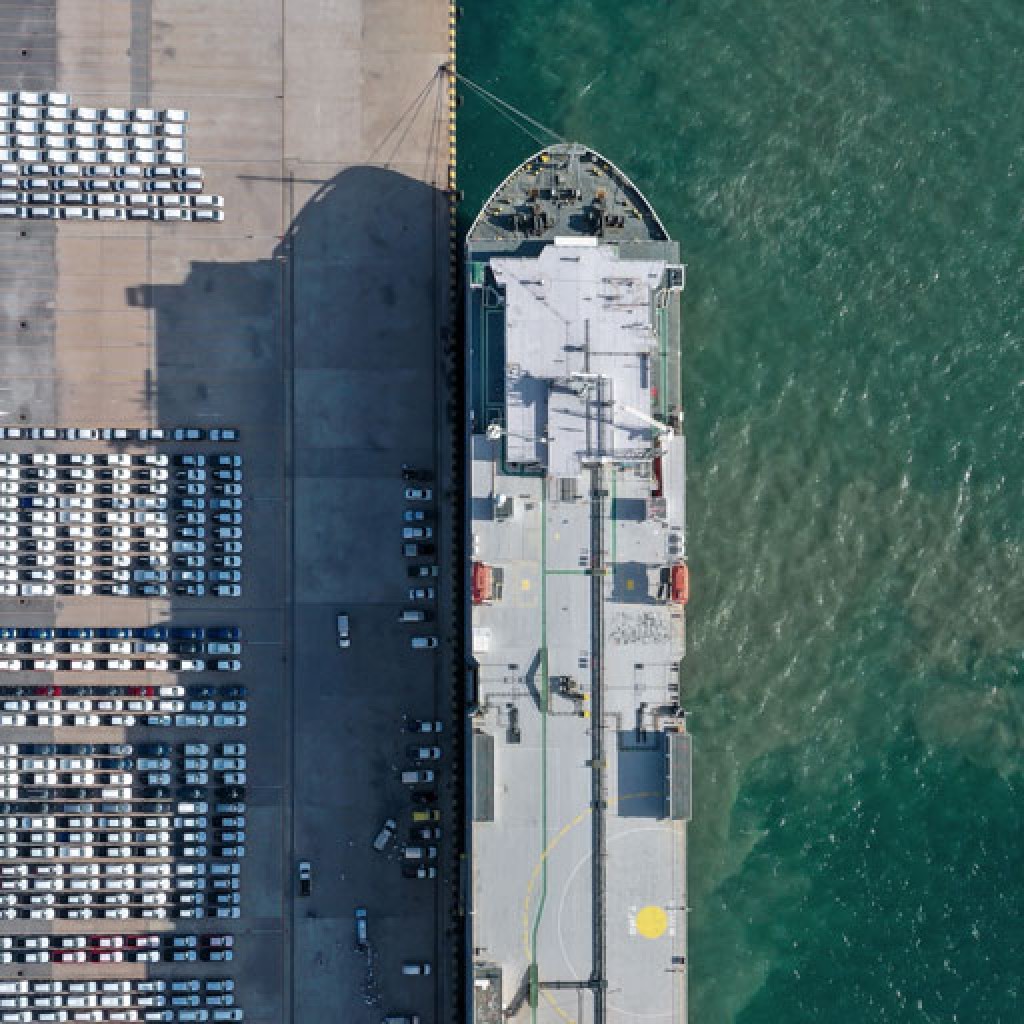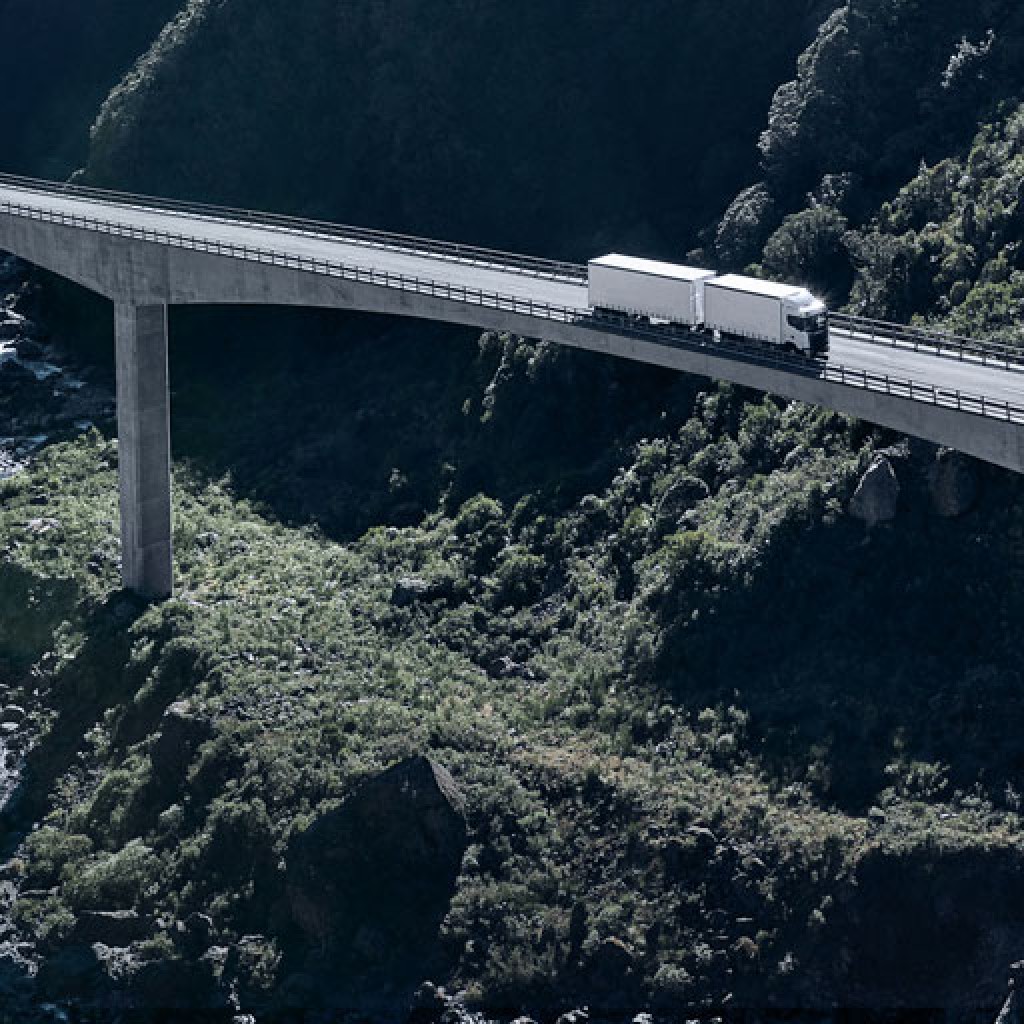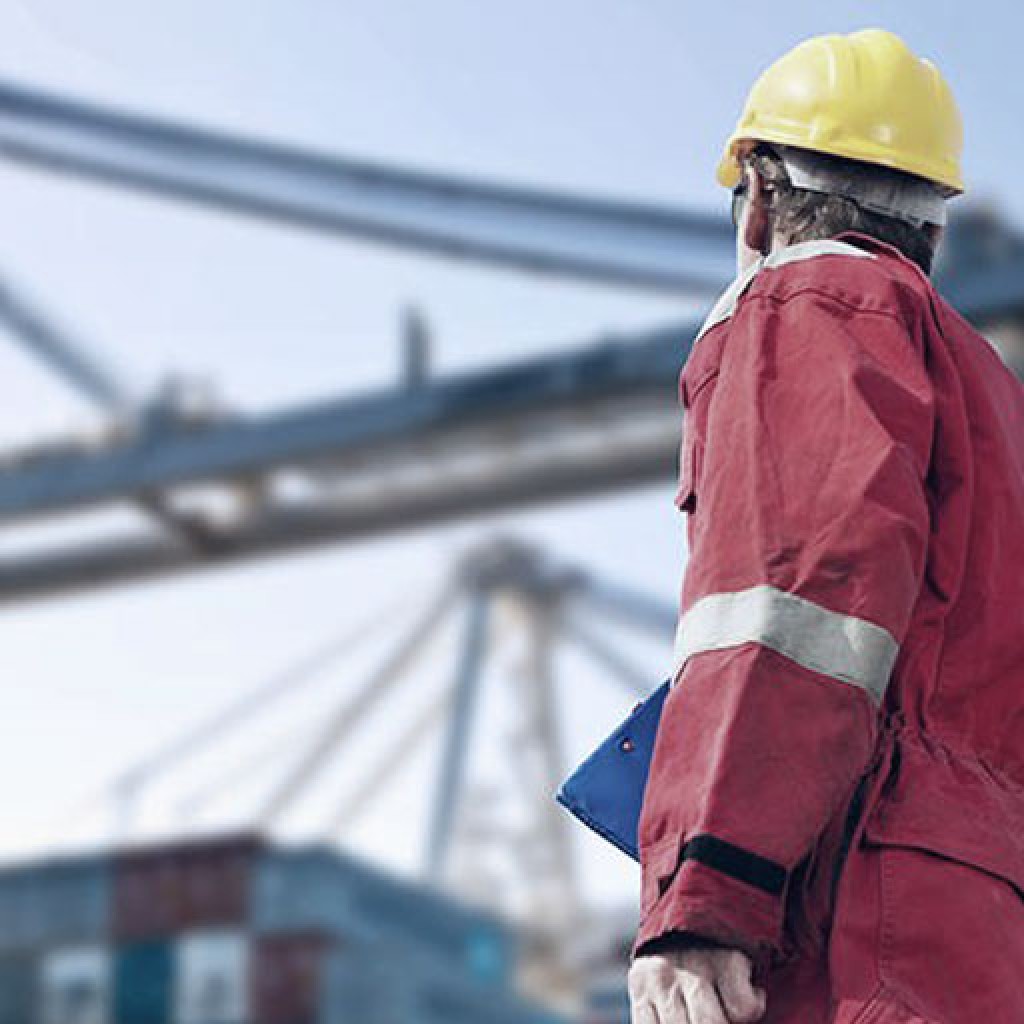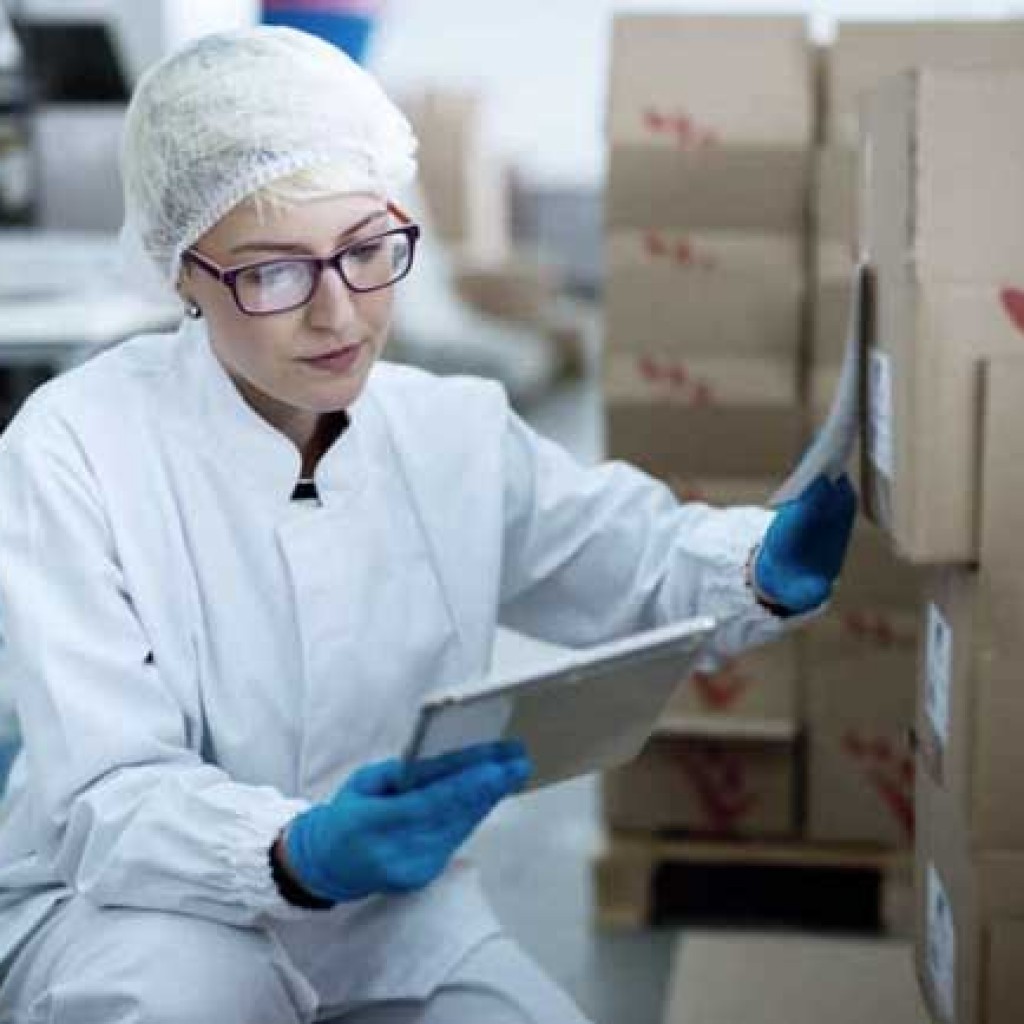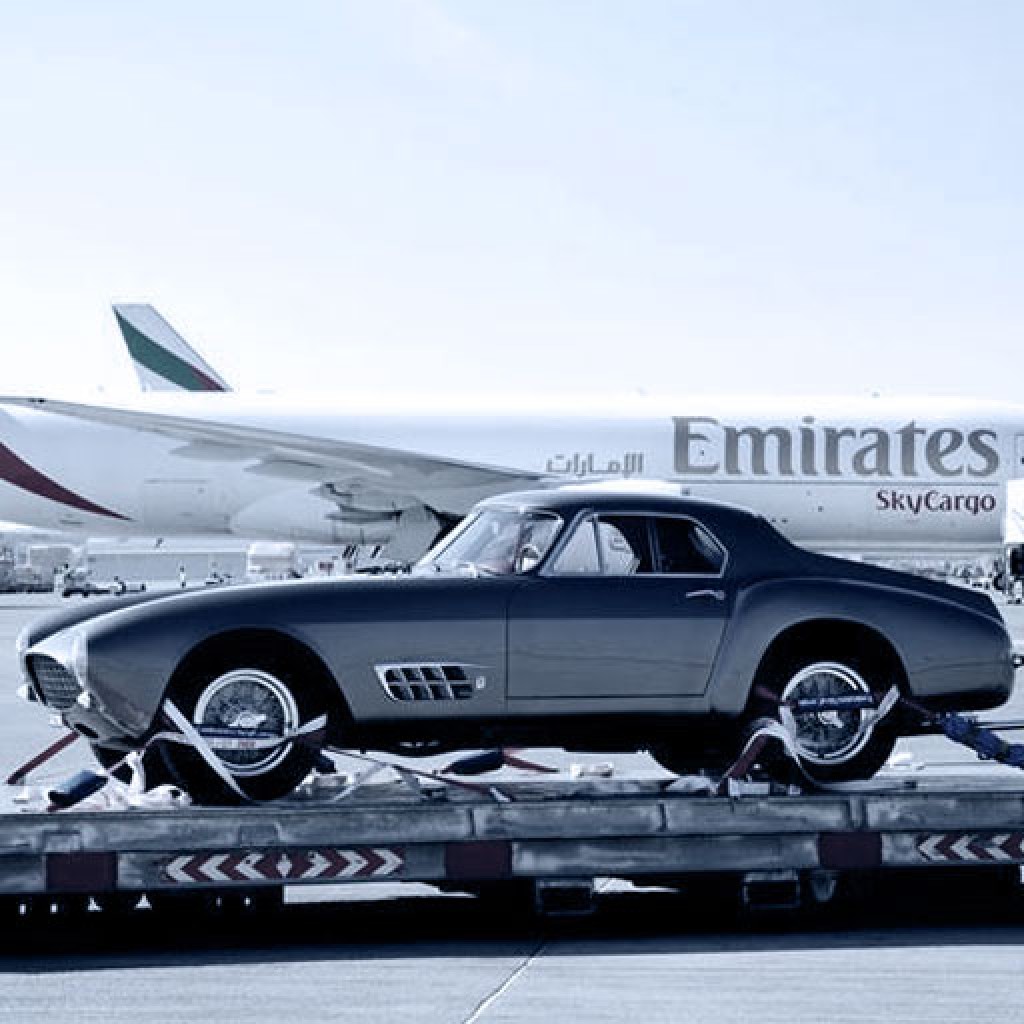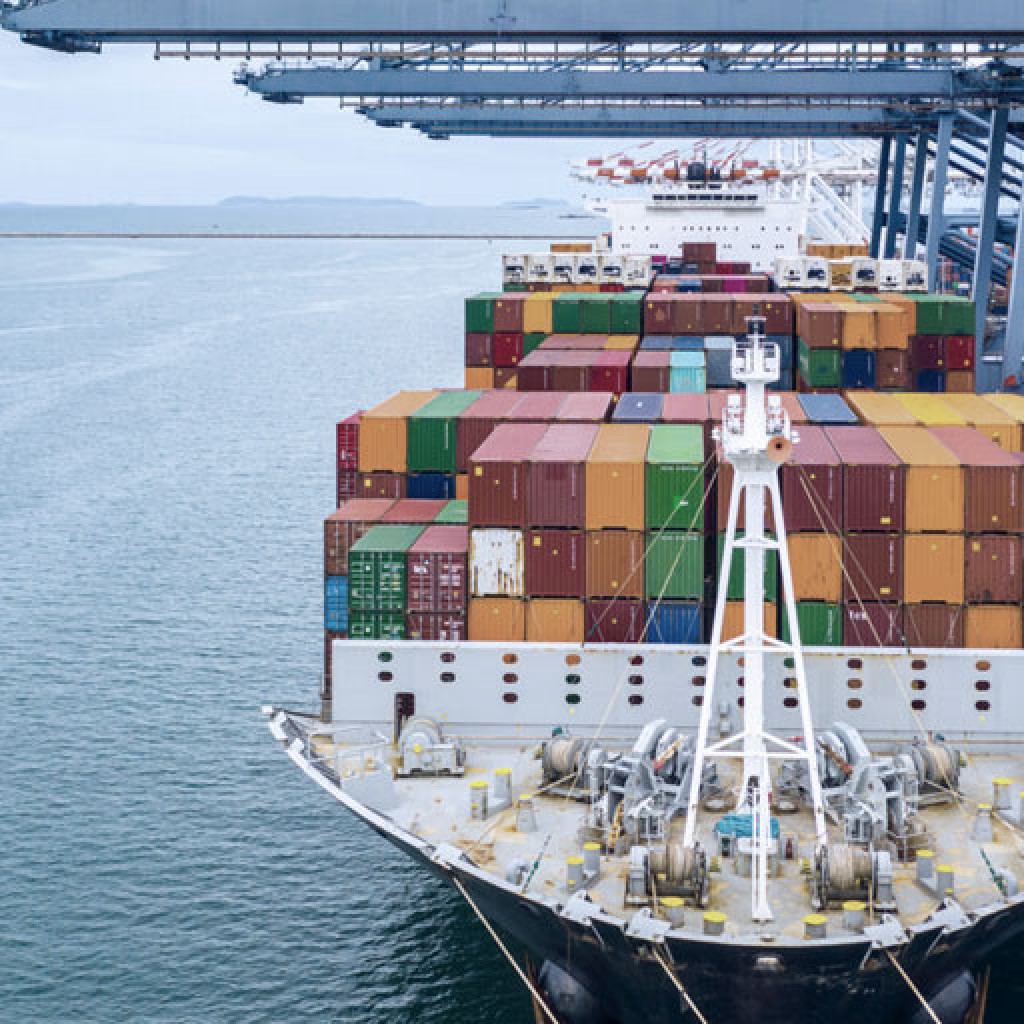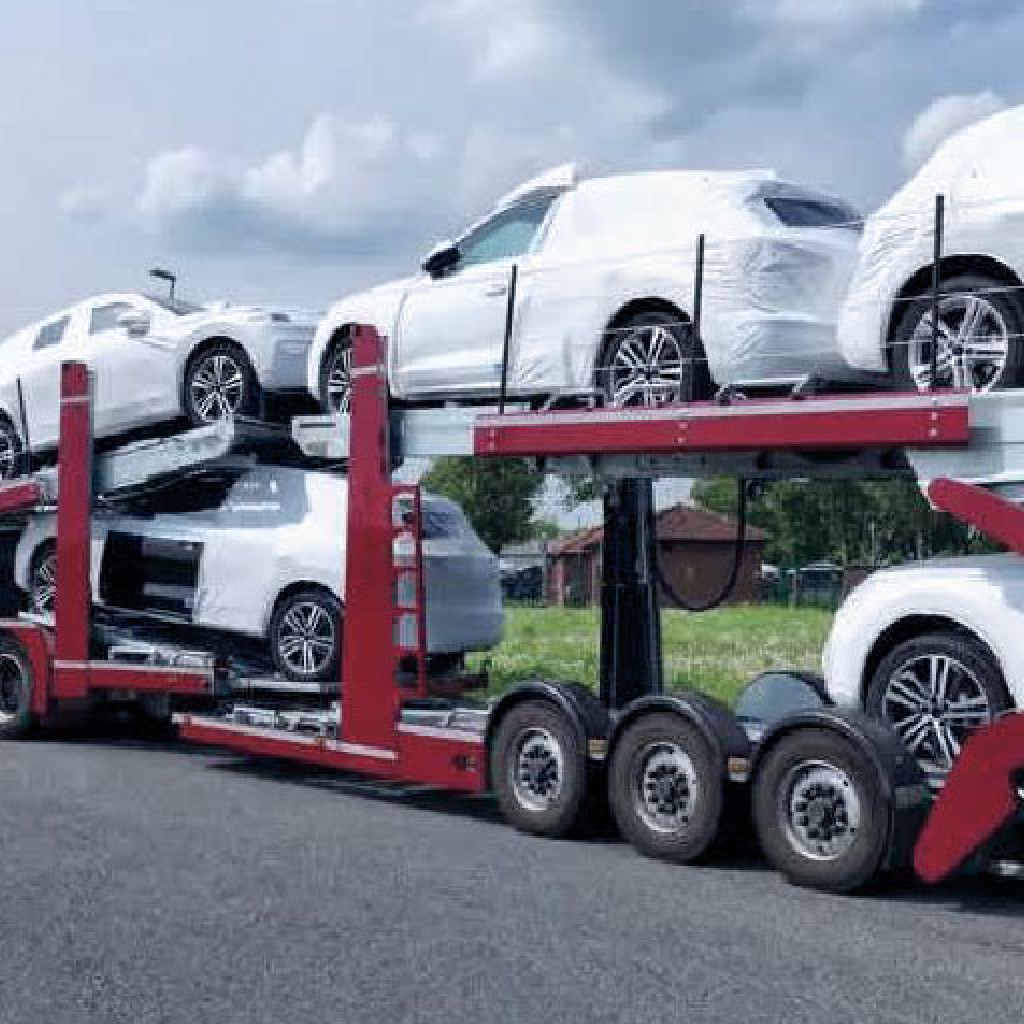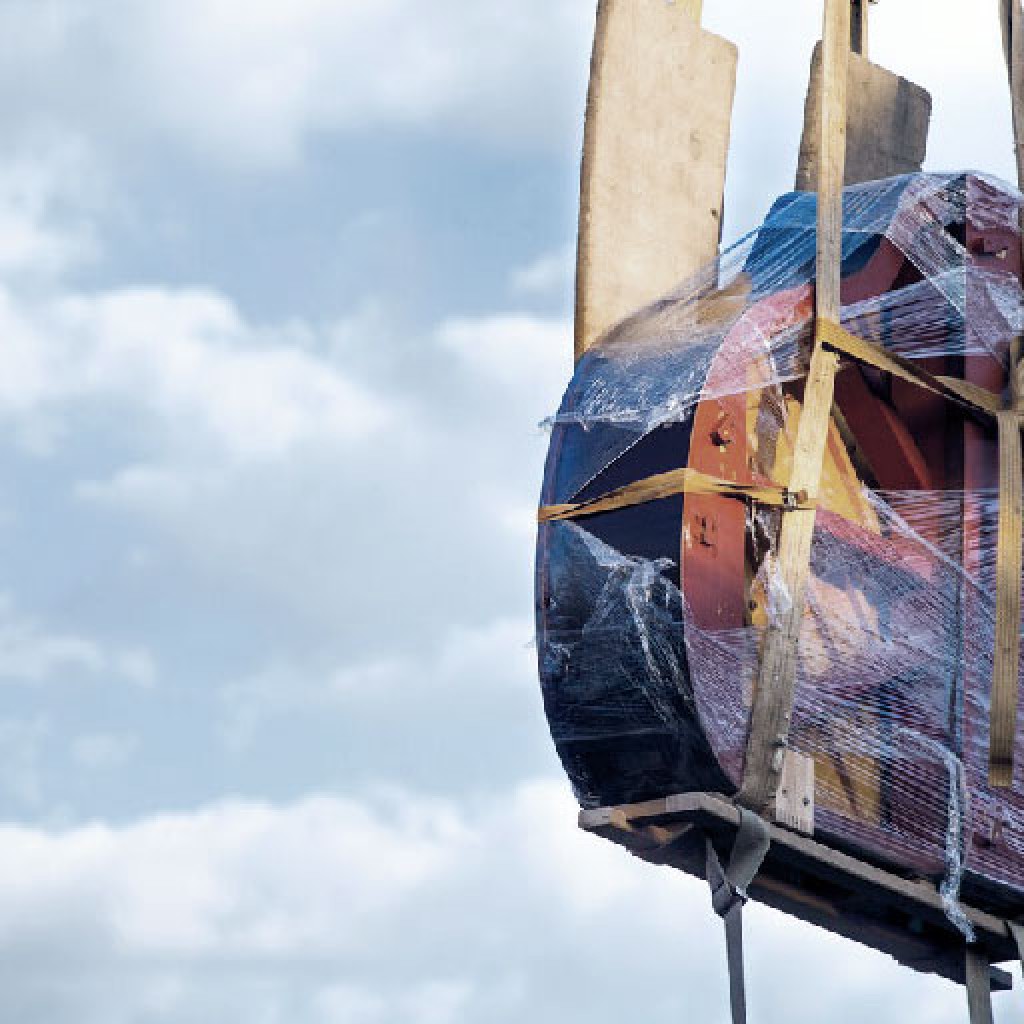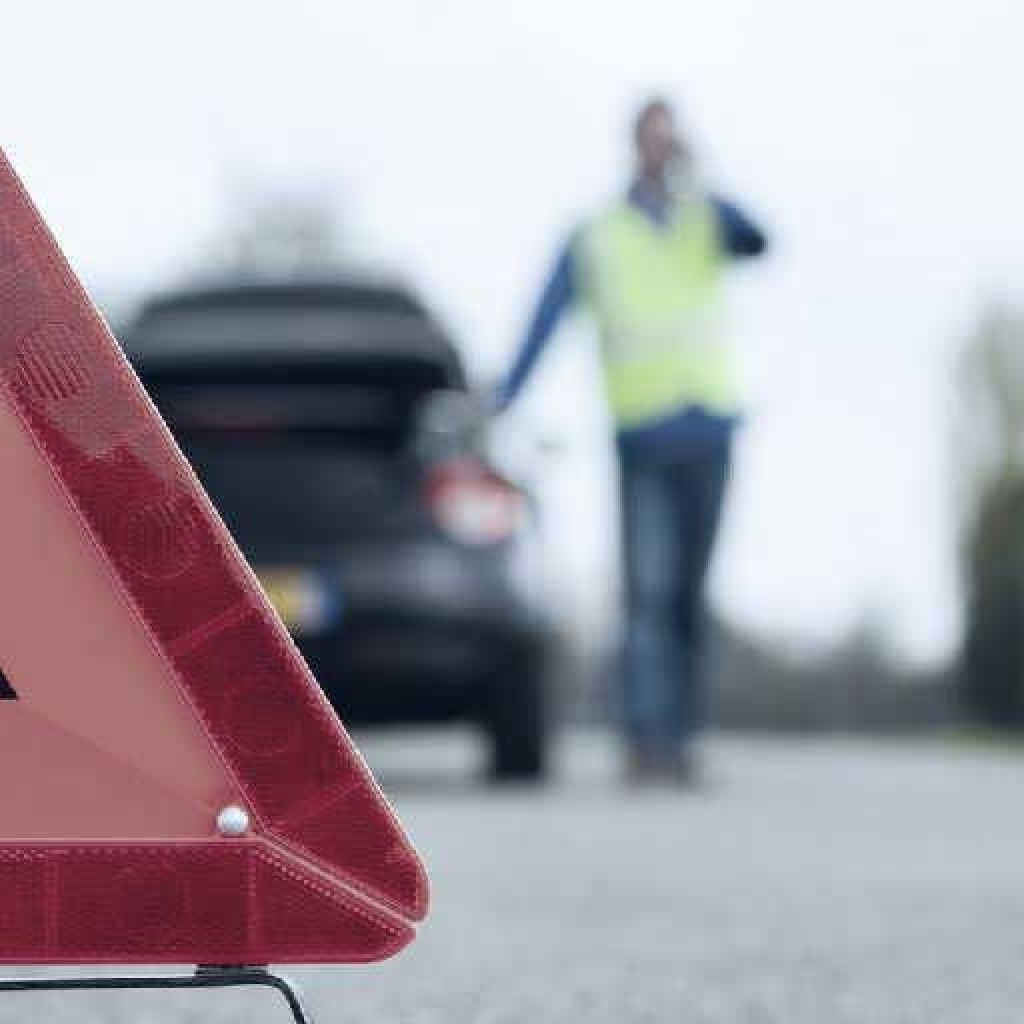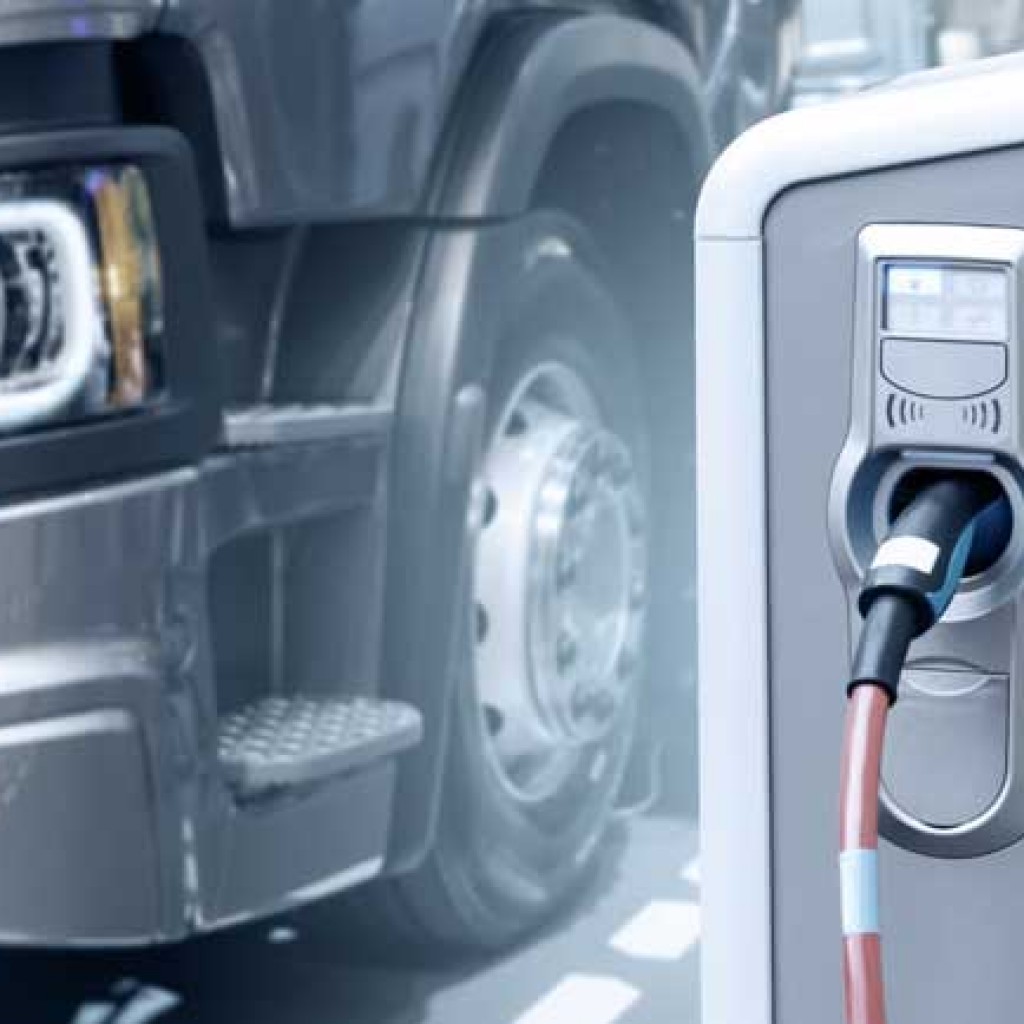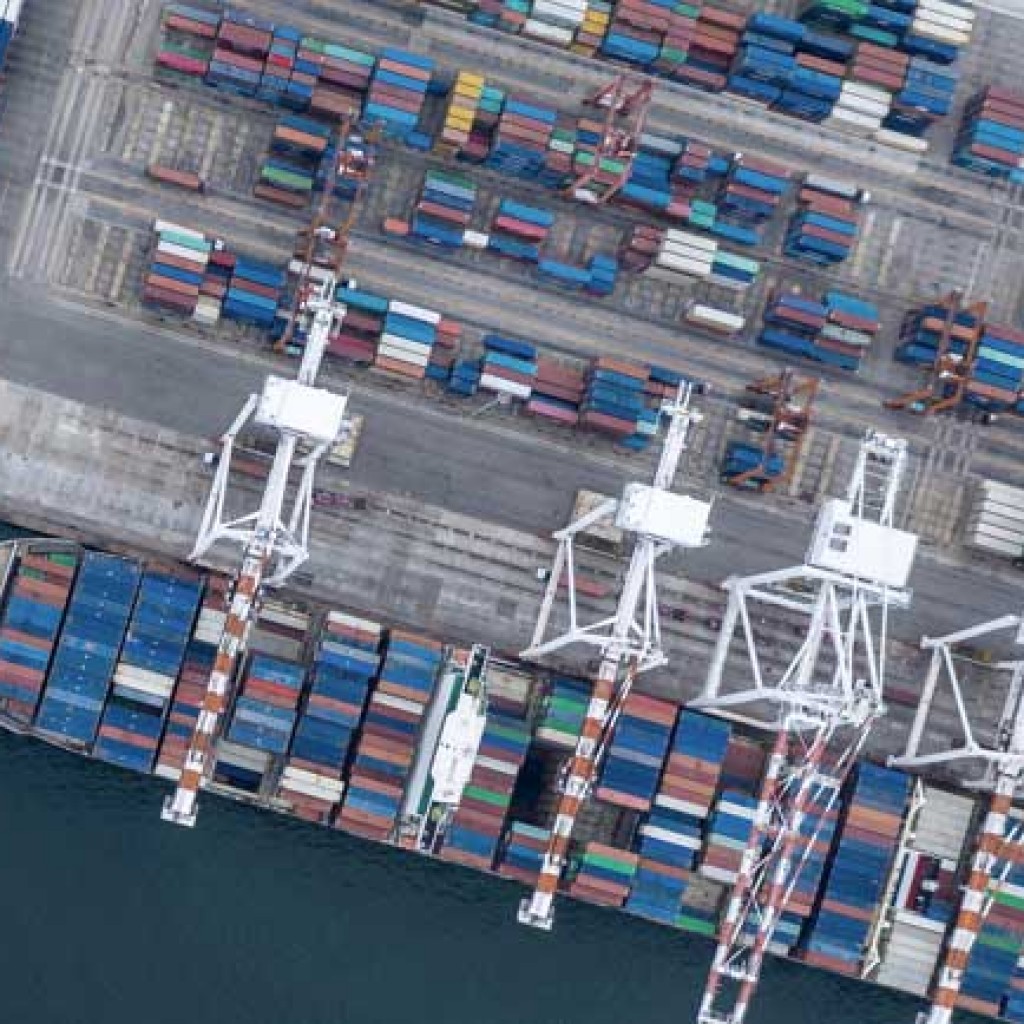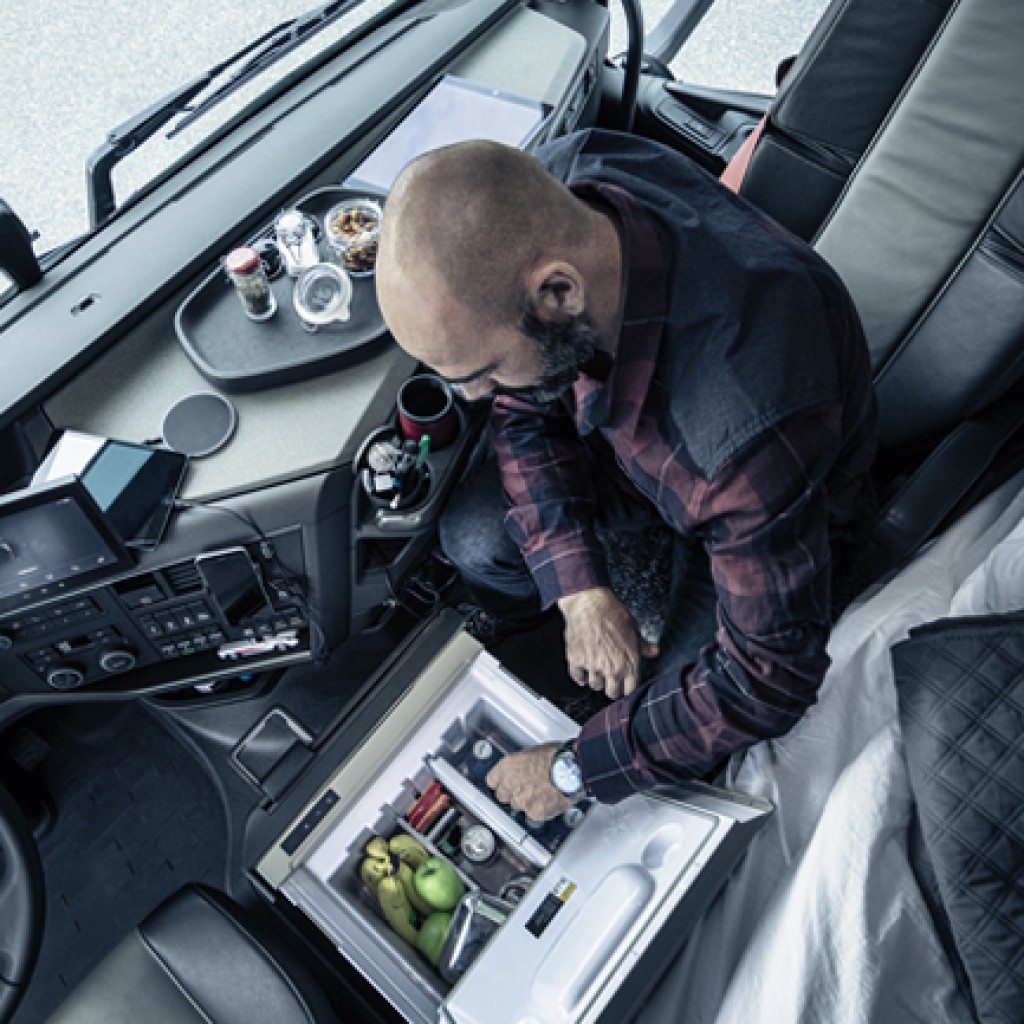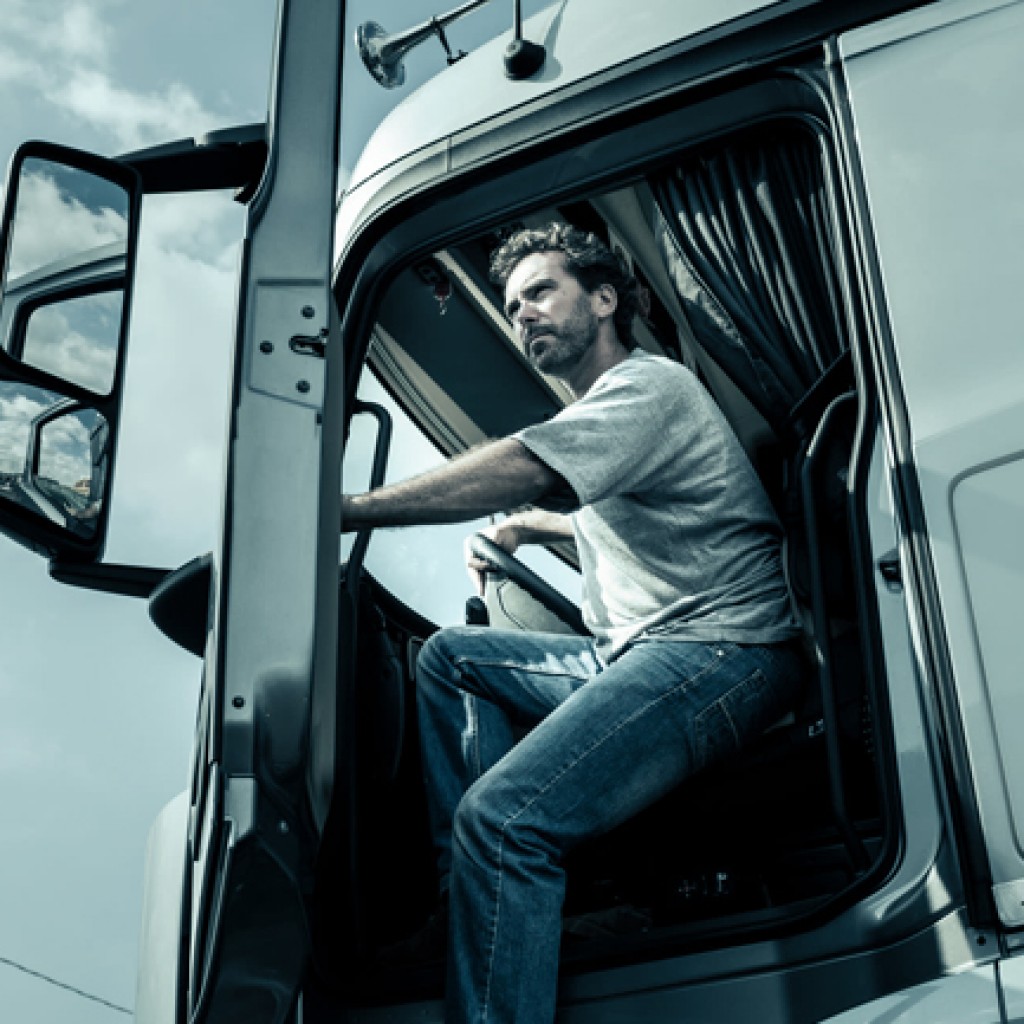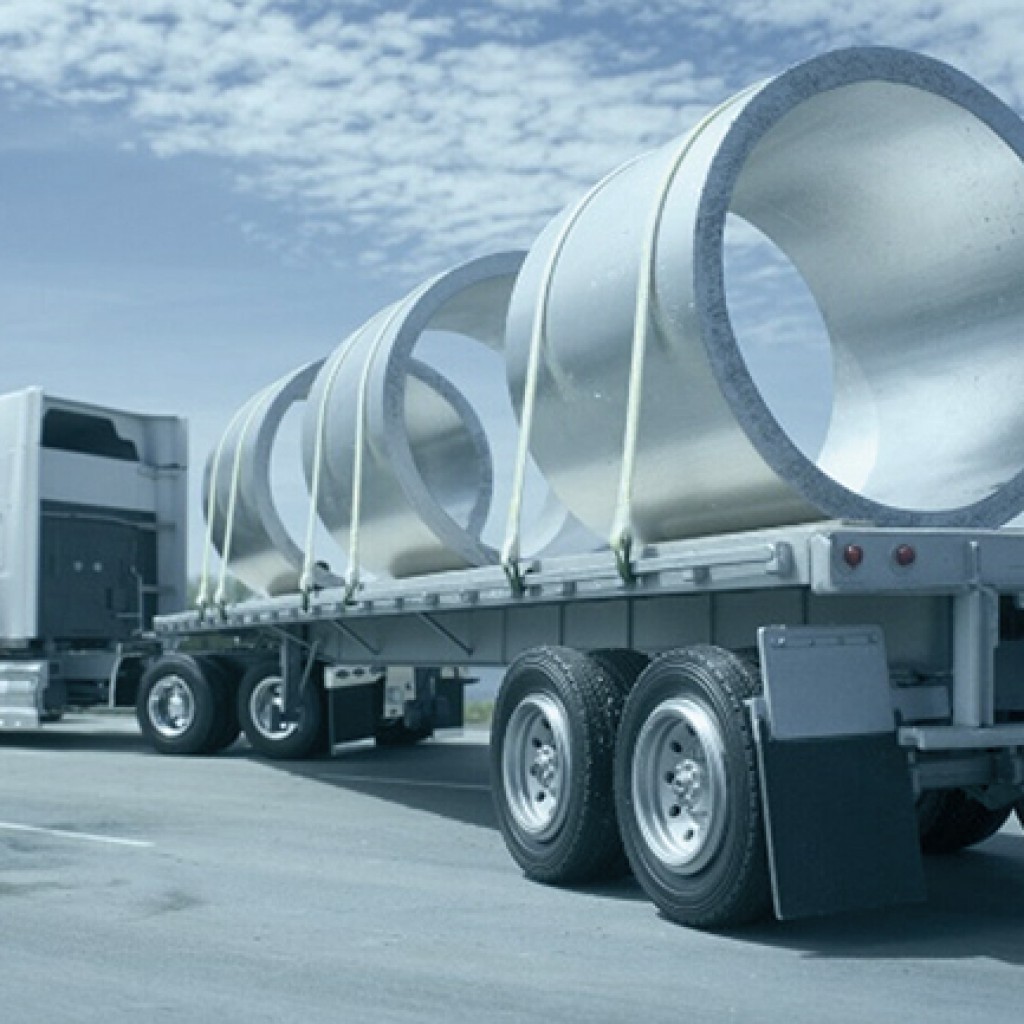When it comes to the transport of the future and, more precisely, the future of the transport sector, it is impossible not to mention the concept of environmental sustainability. It is therefore necessary to find the right balance between the financial needs of a company and the safeguarding limits of our planetary ecosystem.
Here “green logistics” comes into play, this term can be read as a synonym for sustainable logistics, a process devoted to minimizing the impacts on the environment of logistical operations.
These operations include the transport phases, but also those of the supply, the management of the inventory, storage, and evasion of orders.
Talking about sustainable logistics implies interpreting, organizing and building a development model in harmony with the environment and with its safeguard, and which makes this harmony the only possible tool to obtain production processes that are at the same time green and economically convenient.
In Italy, the transport sector is responsible for 49% of polluting emissions and most of the fine particles dispersed into the atmosphere derive from road traffic.
Italy is one of the least "green" countries in Europe, where on average three quarters of land freight transport travels by road (76,4%) and less than a fifth (17,4%) by rail. The remaining share (6,2%) moves through inland waterways.
But Italy is also the country with the costs of heavy road transport, per kilometer traveled, among the highest in Europe.
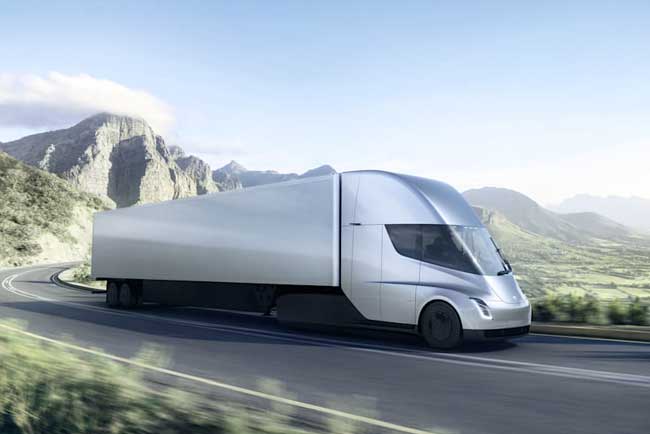
The adoption of a low environmental impact mobility system is considered a priority for improving the quality of life of citizens and for the protection of the planet.
Today Italy is faced with a crossroads: transform the logistics of the present or not for a more competitive and, above all, more sustainable future?
THE IMPORTANCE OF ROAD TRANSPORT
Nowadays, interconnections are essential to move products, services, information from one part of the world to the other.
When it comes to transferring a physical load, for example a vehicle, the transport services which, taking advantage of the various routes made available by nature and man, are fundamental.
Among all the transport solutions, the terrestrial one is certainly the most convenient.
Railway transport is a system that depends heavily on the presence of railway stations and the rigid hourly programming of the convoys. Therefore, it is a poorly flexible method for those companies that need a fast and widespread service.
The best solution, suitable for integrating the transport options by sea, rail or air, and to be used in complete autonomy, is therefore road transport.
The road system today is so much widespread and penetrating, not to have left any area discovered. For this reason, companies, at the forefront for shipments to entire loads or parts of them, prove to be real professionals of mobility and logistics.
Often, the customer has at its disposal a series of services that are not limited only to the provision of the shipment itself, but which aim to protect the load and therefore the sender and the recipient.
One of the most popular services are those that allow the tracking of the shipment itself. The load holder will be able to evaluate the route selected by the transporter, ensuring the route already traveled updated in real time and also taking into account the speed of the vehicle and any stops. In this way, the shipping tracking will allow to evaluate compliance with the delivery times provided during the request for the quote.
Transport of the future. Towards a cleaner and more intelligent mobility
Transport connect people, cultures, cities, nations and continents. They are one of the main pillars of society and modern economy, as they allow producers to sell their products all over the world, and travelers to discover new places.
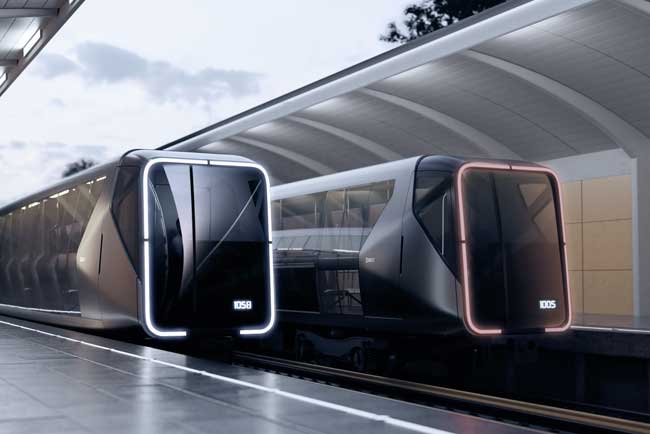
Transport networks also guarantee access to crucial public services, such as education and health care, helping to improve the quality of life.
The connection to transport networks helps to stimulate the economy in remote areas, creating work and wealth.
Transports also have a decisive role in shaping the way we live.
In fact, they have an impact on the availability of products and what we consume. And we all use transport systems to go to work, at school, theatre and on vacation.
However, our current transport model has negative sides.
The transport sector has a significant negative impact on the environment and human health. Transport generates a quarter of the European Union's greenhouse gas emissions and cause air, acoustic pollution and fragmentation of habitats.
More concretely, transport is the only main economic sector in Europe in which greenhouse gases have increased since 1990, and also contributes predominantly to the emission of nitrogen oxides, harmful to the environment and human health.
Here we analyze the concept of sustainable mobility, an ideal transport system that allows to reduce the environmental impact of the sector, while making the most efficient and faster movements.
When a country develops sustainable mobility projects, therefore, multiple objectives are placed which have to do with both ecology and the environment, and with the quality of life of people.
The tools to achieve real results in the development of sustainable mobility are already available and are the technology, innovation and behavior of people.
Transport of the future for goods. Less costs, more competitiveness
The transport sector, today as in the past, represents a constant of the political and scientific comparison on sustainability.
The large national and community debate that affects the theme of transport in the urban and extra -urban field for over a decade, revolves mainly around the negative effects that the daily movement of people and goods produces on the environment and on the quality of life.
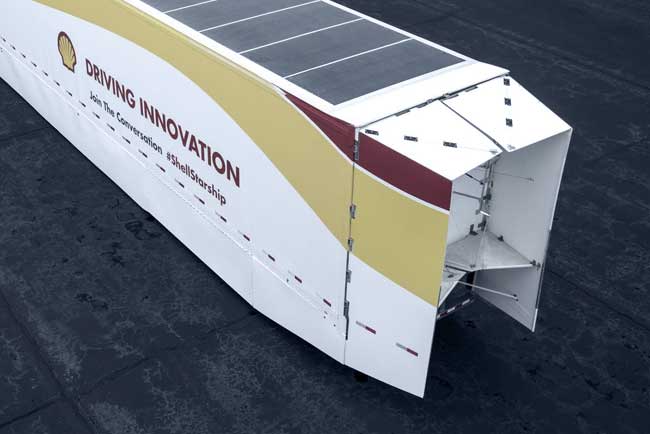
In fact, transport play an essential strategic role for economic development and, at the same time, represent one of the economic sectors that exercises greater pressure on environmental and natural resources.
The awareness of negative consequences on the environment, in transport activities, should have produced concrete results for the rebalancing of the factors at stake. However, there are few signs of an improvement in the performance of the sector or a shift to sustainable transport in Europe.
Road transport remains today the main source of transport throughout Europe and, although the current economic crisis has slowed down mobility, the quality of the environment appears increasingly compromised by the growing number of vehicles circulating on roads and motorways.
Air and acoustic pollution, soil consumption, fragmentation of the territory and interference on ecosystems and biodiversity, often constitute “side effects” of transport and natural outlet of non -sustainable mobility policies.
Today, sustainable mobility represents one of the best tools for the balance of the movement needs of goods and people. Together with those of conservation of the environment in a prospect of protecting future generations. Therefore, it is understood that efficient methods of transport can decrease the negative externalities of the traffic of goods and people, on an economic, social and environmental level.
In Italy, the organization of transport is characterized by the predominance of road traffic, with the main use of private vehicles and with strong negative consequences on the economic, social and environmental level. Our system is therefore poorly sustainable despite the efforts to improve this reality.
We are talking about a system capable of combining the right to mobility with the need to reduce the so-called negative externalities (including greenhouse gas emissions, smog, noise pollution, congestion of urban traffic and accidents) connected to it.
The importance of creating appropriate conditions is often underlined to increase the competitiveness of the transport sector and respond concretely to the continuous challenges that technology and market impose on our companies.
Thinking about new transport solutions to relaunch a new model of economic and eco-sustainable development is today more than ever a need for transport.
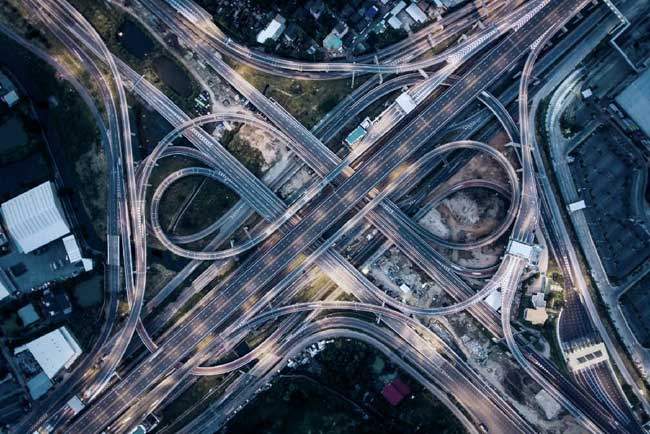
Today the request for transport to Europe is significantly higher than in 2000, and it is believed that it will continue to grow.
According to the estimates of the European Commission, by 2050 passenger transport will grow by more than 50% and freight transport of 80% compared to 2019 levels.
A further contribution of transport to the issue of environmental protection is offered by intermodal transport, a particular form of sustainable mobility.
It is a type of transport carried out through the help of a combination of different means that has been defined as part of the transport of goods such as “the movement of goods in the same load unit or on the same road vehicle, which uses two or more ways of transport, and which does not imply the direct treatment of the goods in the modal transshipment phases”.
Combined road/rail transport and, more generally, intermodality has represented and will represent in the coming years, a formidable solution to transfer goods efficiently, safely and in full respect of the environment within the national and European territory.
In the previous periods and following the different lockdown phases happened in the past few months, it has provided valuable support for production and commercial activities also considered “non-essential”, guaranteeing the mobility of goods.
The heart of the question is represented by the need to redistribute heavy traffic, limiting as much as possible the long distance routes and exploiting the flexibility of the road carrier to effectively serve the distribution of first and last mile, while improving availability, speed and quality of the intermodal service. Which already represents a reliable and sustainable alternative to all-road transport, on the main national and international routes.
To make this modal shift possible, it is necessary to take a cue from the realities that have successfully undertaken this path, obtaining concrete results.
This is the case of Switzerland, which in the last 25 years has shifted a significant share of freight traffic from road to rail, thanks to a set of innovative policies and financing that incentivize and facilitate conversion, reaching an enviable ratio of 72/28 between rail and road, for transalpine freight traffic.
TRANSPORT OF THE FUTURE
The Italian government and the Ministry of Transport took stock of the situation on the energy transition in mobility. To reduce CO2 emissions, the Italian way is that of complete electrification for cars, motorcycles and light commercial vehicles, while alternative fuels such as hydrogen, biofuels, biomethane will be destined only for ships or aircraft.
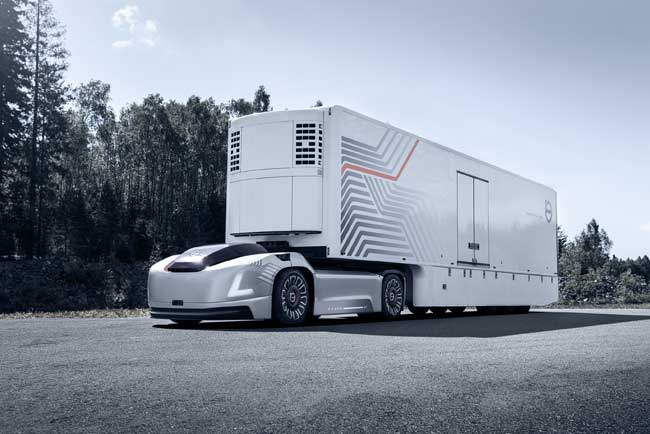
These indications emerged from the Report “The decarbonisation of transport”, elaborated by the Ecological Transition Structure of Mobility and Infrastructures (STEMI) of Mims, which prepared it to meet the European targets of 55% reduction in emissions by 2030 and their zeroing in 2050.
According to the Ministry of Infrastructure and Sustainable Mobility (MIMS), to reduce climate-altering emissions in the sector, technological solutions based on electrification are currently the most promising for various sectors, especially road transport.
Biomethane, green hydrogen, advanced biofuels and synthetic fuels, due to the current low production capacity and the high costs associated with it, will be able to decarbonise transport that is more difficult to electrify, such as sea and air transport.
Furthermore, if for some vehicles (cars, commercial vans, buses, trains) alternative technologies are already adoptable on a large scale, for others (ships, airplanes and long-distance trucks) the experimentation is still ongoing. It will therefore be necessary to continue investing in research and development.
According to the Ministry's report, in the segment of cars, commercial vehicles and motorcycles, battery electric motors (BEVs) are the most suitable option to achieve the objectives in 2030, both in terms of energy efficiency and reduction of emissions.
Already with the current energy mix, in fact, the replacement of internal combustion vehicles, which today represent 99% of Italian road transport, with electric vehicles would lead to a 50% reduction in emissions on the life cycle of light road transport for our country.
An even better result would be obtained by increasing the share of electricity produced from renewable sources, as already envisaged by the National Recovery and Resilience Plan (PNRR).
Also from the point of view of costs, today the solution is the most feasible one considering that, over the entire life cycle, the total cost of owning and using a private electric car is lower than that of one with an internal combustion engine and the environmental impact is significantly lower.
Electric vehicle power supply: the transport savings of the future
How much can you save with an electric vehicle?
This is the question that many drivers or professionals ask themselves, also in consideration of the fact that the cost of fuel is constantly increasing, and this has a considerable influence on the family economy.
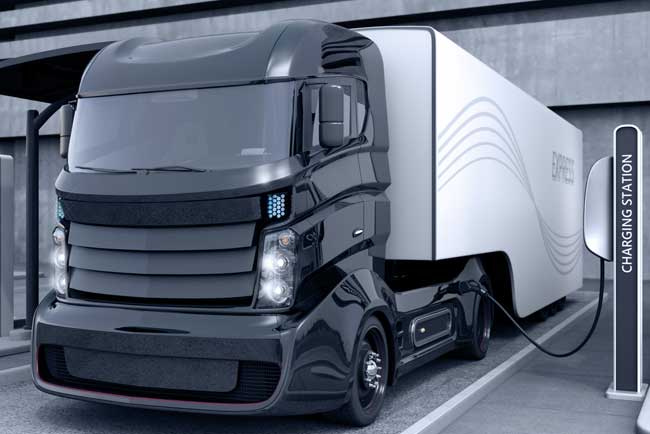
It must also be considered that old diesel or petrol engines also have a negative impact on the environment. For both reasons, we must ask ourselves how much money can be saved by switching to an electric or hybrid vehicle.
To answer this question, let's first say that this type of car has a slightly higher cost than traditional ones. But it is an investment which can certainly be repaid within a few years.
Furthermore, this detail should not be underestimated, by switching to an electric or hybrid motor you will have the great opportunity to be able to access historic centers or to limited traffic areas.
As for savings concretely, even before considering the savings that electricity can achieve instead of fuel, you need to know that there is some excellent news on other aspects as well.
With electric vehicles, in fact, in some regions of Italy you don't pay the road tax for the first 5 years and you don't even pay the blue lines for parking. Entry into the ZTL is also free for electric vehicles.
There is also another interesting perspective in terms of savings, given that in electric vehicles, by their constitution, there are several components less than traditional cars. This means that maintenance costs are also lower.
As for fuel savings, it must be said that a hybrid car allows savings per km of approximately 33% compared to a car that runs on petrol or diesel.
In the case of an electric vehicle, on the other hand, this saving increases considerably up to 65%.
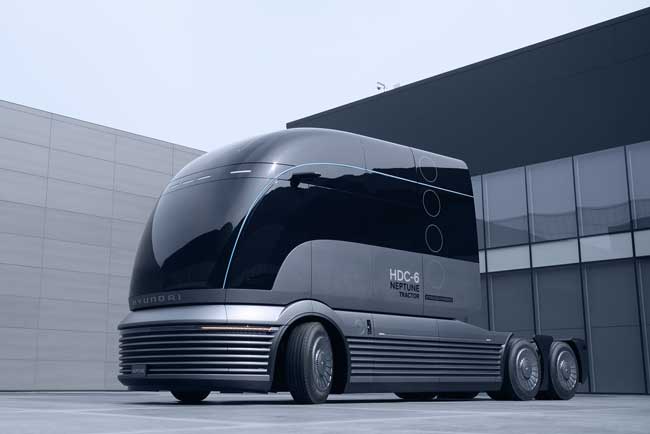
However, the convenience of switching to an electric or hybrid motor to be able to have concrete savings, and above all to finally be able to circulate, drastically decreasing the quality of CO2 released into the environment, appears evident.
Incentives on the purchase of electric trucks for the transport of the future
Currently, many of the means used in Italy are dated. And, therefore, it will be necessary to make investments to buy different types of vehicles.
Control regulations for CO2 emissions from trucks were already introduced in 2019.
The best solution seems to be the introduction of vehicles with electric traction to minimize the environmental impact. Unfortunately, this solution involves higher management costs.
Some studies in the sector lead us to think that, compared to a 40% reduction in the quantities of CO2 released into the air, 40% more costs will be incurred, including the costs of purchasing the vehicle and maintenance.
Furthermore, in Italy there is currently no adequate network of charging stations, with the consequent refuelling difficulties. That said, our transporters still prefer to use diesel-powered vehicles, albeit in compliance with current regulations. And they hope to be able to use the latest generation means in a relatively short period of time. Provided that the conditions exist to be able to make this choice in a conscious and advantageous way.
The government promotes new incentives for the automotive industry.
The dpcm signed by Prime Minister Mario Draghi, has allocated, under proposal of the Minister of Economic Development Giancarlo Giorgetti, 650 million euros a year, for three years, to support the purchase of more sustainable vehicles.
The eco-bonus includes vehicles for freight transport, for which 10 million are expected in 2022, 15 million in 2023 and 20 million for 2024.
In favour of small and medium-sized enterprises, including legal persons, carrying out the transport of goods on their own account or on behalf of third parties, contributions are also provided for the purchase of commercial vehicles of category N1 and N2, brand new, for electric power supply only.
The vehicles must be new and only electric, with the simultaneous scrapping of a vehicle of a class below Euro 4.
The recognized contribution is divided as follows:
- € 4.000 for N1 vehicles up to 1,5 tons
- € 6.000 for N1 vehicles over 1,5 tons and up to 3,49 tons
- € 12.000 euros for N2 vehicles from 3,5 tons up to 7 tons
- € 14.000 euros for N2 vehicles over 7 tons and up to 12 tons.
According to the Minister of Economic Development, incentives are a concrete and long-awaited response from a sector that has been going through a deep crisis.
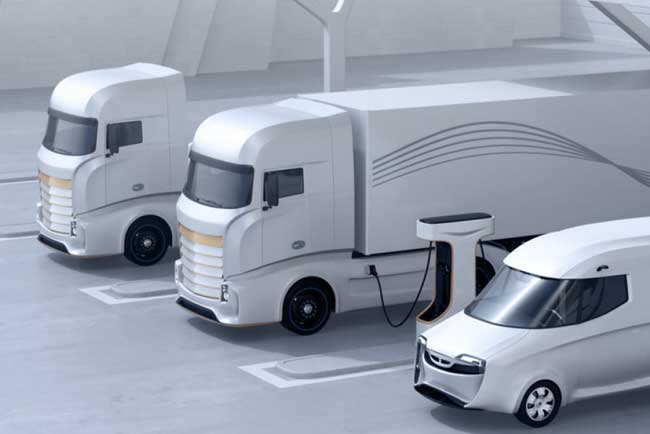
Furthermore, the pluriannual measure allows companies to do industrial planning in the sense of development. The incentives are neither decisive nor permanent. Rather, they should be understood as an emergency tool to go through the difficult period.
INNOVATIVE TRANSPORT: TECHNOLOGY APPLIED FOR THE MOVEMENT OF GOODS
We have just seen that the future of transport will be increasingly multimodal and sustainable with the PNRR which makes 25,4 billion euros available for the development of the sector.
Transport will increasingly be linked to technology, which encourages multimodal development, thus increasing the sustainability of the sector. It is technology, digital in particular, that makes it possible to ensure that the multimodal travel experience, which includes multiple transport carriers, is possible and usable.
This technology, which revolves around mobility and artificial intelligence, allows us to have all the data that manage our journey, our shipment.
All the information on your smartphone to ensure that a journey begins from the exit door of your home to the place of destination. This is what technology allows today: a fluid and intermodal experience.
It will therefore be important to focus on the multi-modality of transport systems and on a modal rebalancing from road to rail. From an integration of private individual mobility to collective or shared mobility. Through integrated planning, with intelligent and non-polluting systems for urban mobility, up to the promotion of intelligent taxation to encourage users to change their mobility habits.
In air transport, for example, 75% of airports already intend to invest in solutions such as biometrics. Because it saves 30% of the time. The same technology is also suitable for other forms of mobility such as railways, cruises, or entrances to events, united under the paradigm of intermodality.
Intermodal transport is the solution that Italy has chosen to free the roads from heavy vehicles and move more and more towards sustainable forms of transport.
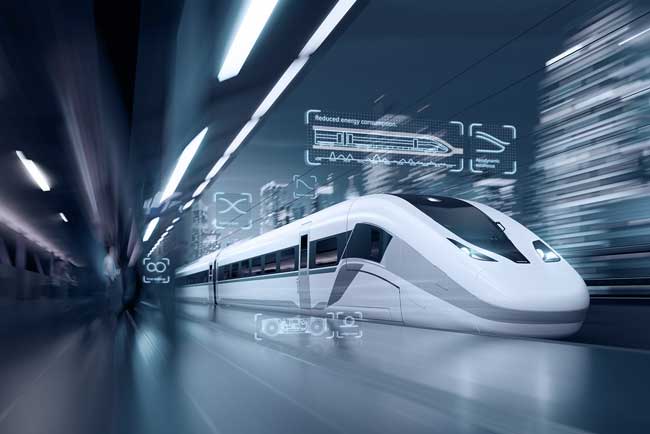
What these alternative and sustainable forms of transport are seems clear.
The trains, first of all, towards which almost all investments are directed:
- high speed, so that goods and people travel more quickly from one end of the country to another:
- and high capacity, because the Italian railway system needs to be strengthened in order to support the huge load of goods to be transported.
Even sea transport, in recent years, has assumed huge proportions, not only for the volumes of goods transported, but also for the size of the ships that have become so large as to be able to completely paralyze the world traffic of goods.
Intermodal and transport of the future: Trasauto Logistica's solutions
It is now a widespread belief that the transport of the future, on European and international routes, will be essentially combined.
Most of the transport is carried out by railways or by sea, while the road mode guarantees the pick-up and delivery of the material in the initial and final stages of transport.
The transport of goods is increasingly required with the intermodal transport service, which makes use of standardized loading units, such as ship or rail containers, in order to make the procedures for changing modes streamlined and safe.
The safety and reliability of transport are in fact guaranteed, also thanks to the traceability of the containers through all stages of transport.
By choosing Trasauto Logistica's intermodal transport solution, you will have numerous advantages, for example:
- lower costs, even 25%, compared to road transport
- possibility of loading a greater quantity of material, especially in the context of international transport
- lower environmental impact compared to road transport.
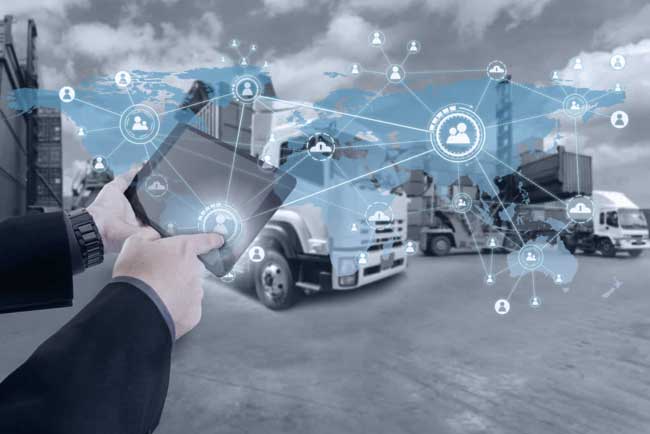
Road transport usually occupies the initial and final section of this mode of transporting loads and goods, ensuring its effectiveness.
The possibility of using containers, also introduced for the intermodal, allows to transport goods, without ever having to remove them, until the final destination is reached.
Therefore, choosing intermodal transport guarantees a cheaper, faster and safer service.
Because the goods will thus be protected from the typical risks of long-distance transport and the presence on the territory of infrastructures such as terminals, ports and airports will guarantee the correctness of logistical operations.
In the case of road transport, for example, to minimize the kilometers to be traveled, the good organization of the terminals is necessary and ensures the success of shipments.
Long distances shouldn't be considered a problem. If the management of exchanges and passages is well organized, and the distance classes are identified for each mode, the efficiency of the transport of goods will be the highest.
What are you waiting for? Contact us, fill in the form for a free quote!
------------------------
Or, for personalized assistance, you can call the offices in Italy at: +39 (0)828 1818150 or request more information also by e-mail: info@trasauto.com
Articles
Related
A MASSIVE SHIPMENT OF CARS ON…
Multimodal transport, in particular for the Italy-USA route, combines road…
EXPORT OF ESCARGOT ON THE FRANCE-IRELAND…
Our escargot transport service, particularly for the France-Ireland route, is…
MOVING A SUPERCAR ON THE FRANCE-MOROCCO…
Our Supercar transport service, particularly for the France-Morocco route, is…
THE TRANSPORT OF MEDICINES FRANCE-FLORIDA. ECONOMY…
Intermodal transport is an extremely flexible and cheap transport method,…
COMBINED FRANCE-CANADA TRANSPORT OF VINTAGE CARS.…
Using the services of Trasauto Logistica, in particular, when you…
INTERMODAL TRANSPORT TO AND FROM THE…
A long and complex journey, from France to America, always…
LUXURY TRANSPORT IN THE MIDDLE EAST.…
Depending on the routes, the timing, the necessary documentation, the…
CAR TRANSPORTER RENTAL FOR VEHICLE TRANSPORT.…
Investigation of the reference market, request for an estimate, vehicle…
PERISHABLE GOODS. WHAT ARE THEY AND…
Perishable goods include short-life food and pharmaceutical products. To avoid…
TRANSPORT OF VEHICLES AND BULKY OBJECTS:…
The transport of bulky vehicles and objects is an exceptional…
CAR TRANSPORT, HOW TO CHOOSE AND…
Car transport with car transporters has obvious organizational and economic…
HAVE YOUR ACCIDENTED CAR TRANSPORTED
When collecting and delivering an accidented or non-running car, it…
THE TRANSPORT SECTOR ADAPTS TO RENEWABLE…
When we think of building a more sustainable future, we…
MARITIME TRANSPORT. IS IT THE BEST…
In recent years, new technologies and the modernization of traffic…
BEFORE SHIPPING A VEHICLE. GUIDE AND…
To one’s own advantage and to the transporters’ who will…
HEALTHY EATING AND TRUCK DRIVERS. IS…
The importance of road transport for society and the economy…
LUXURY CAR. WHEN THE CAR IS…
The cost of the transport of a luxury car, with…
PROFESSION TRUCK DRIVER. FIND OUT THE…
Over the years, logistics has acquired great importance in the…
SUPERCAR: WHEN LUXURY HAS NO LIMITS
What to do if our supercar should reach a location…
EXCEPTIONAL TRANSPORT: EVERYTHING YOU NEED TO…
Out-of-gauge goods and materials, loads of dimensions and weight exceeding…
Subscribe
Newsletter
Subscribe to our newsletter to stay in touch.

